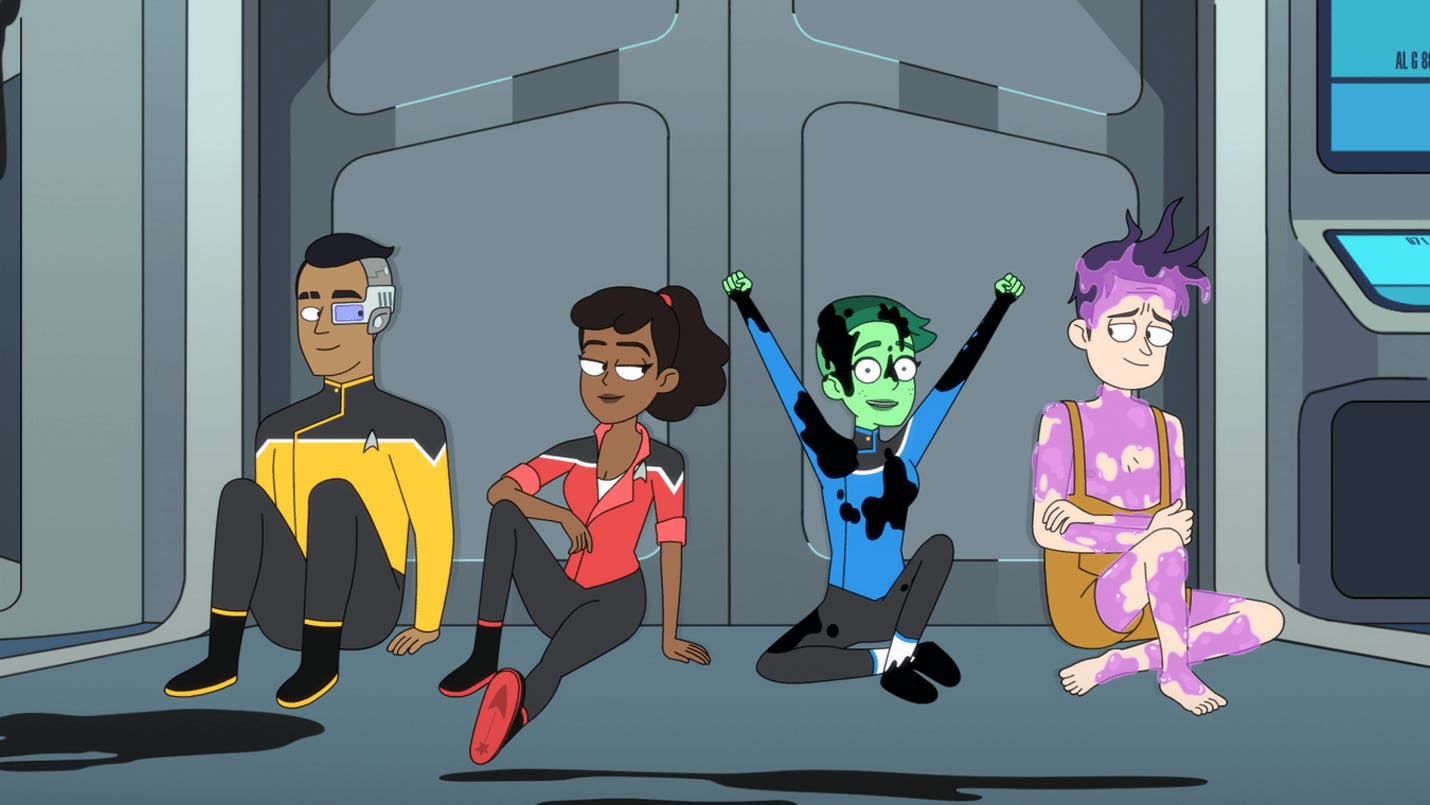Published Dec 28, 2022
Most Powerful Star Trek Ships, Ranked
What is the most feared ship in the entire galaxy?
How do you quantify starship power in the Star Trek universe?
Is it the armament? The speed? The shields? The sheer size of a vessel? Or perhaps it’s the captain and crew at the helm?
We believe it’s all of those things and more, so we took 46 of the most noteworthy Star Trek starships and placed them in a head-to-head battle.
Which iconic ship came out on top? Find out below.
Warp ahead for our rankings of the most powerful Star Trek ships ever.





